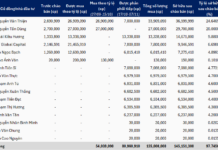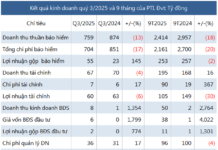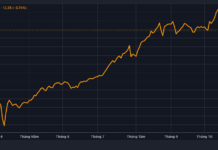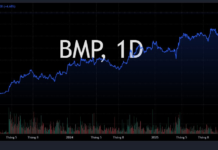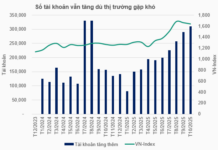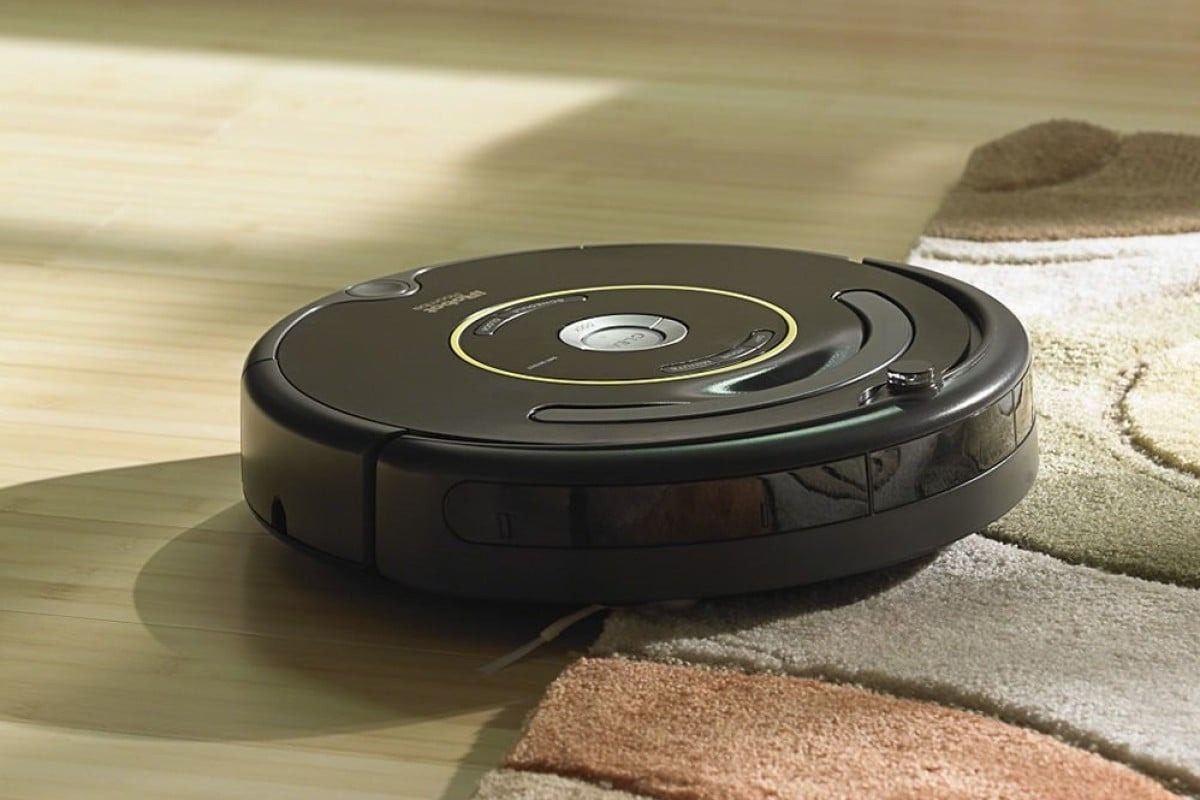
The Rise and Fall of America’s Dominance in the Robot Vacuum Market
Once hailed as an American success story, the robot vacuum cleaner was pioneered by scientists at the Massachusetts Institute of Technology, who founded iRobot in 1990. Today, many consumers still use the company’s breakthrough product name, Roomba, as a generic term for all robot vacuums.
However, three decades later, the U.S. has completely lost its dominance in the very market it created. Much like other industries, Chinese companies now dominate robot vacuum manufacturing. Their rapid ascent and subsequent replacement of American competitors reveal much about the state of the global economy.
According to market research firm IDC, the top five global robot vacuum manufacturers are now all Chinese: Roborock, Ecovacs, Dreametech, Xiaomi, and Narwal Robotics. Together, they account for nearly 70% of global shipments in Q2 2025. America’s iRobot ranks sixth.
For U.S. companies, the business loss is significant. The robot vacuum market is growing rapidly, with global shipments up 33% year-over-year, reaching 15.35 million units in the first half of the year, per IDC data.
How did this happen? It’s not just about pricing. On Amazon’s U.S. store, there’s little price difference between major Chinese and American brands. The Roomba Vacuum 2 was priced at just $165 in mid-September, making it one of the most affordable options on the market.

The top five global robot vacuum brands are all from China. Source: FT.
According to Claire Zhao, a senior analyst at IDC China, the success of Chinese brands stems from substantial investments in both marketing and R&D.
“Chinese companies have achieved remarkable results overseas, rapidly boosting sales and brand recognition through e-commerce,” she wrote in a recent report. “Rapid technological innovation directly enhances product competitiveness and user loyalty.”
Chinese brands are now aggressively entering the U.S. and European markets. Fierce competition among manufacturers is forcing all players to develop and launch new products faster than ever.
Investment in R&D has become critical. According to company filings, Ecovacs increased its R&D spending from RMB 549 million ($77 million) in 2021 to RMB 1.34 billion in just the first three quarters of 2024. Roborock invested RMB 971 million last year, equivalent to 8.1% of its total revenue.
As leading companies prioritize international expansion, brands are focusing on developing premium products. Janet Su, sales director at a Guangdong-based appliance manufacturer, notes that new vacuums feature everything from advanced AI to robotic arms.
“Chinese companies are racing to launch new products every six months, or even quarterly,” Su stated at the Guangdong Quality Products Expo in Guangzhou last week.
New entrants continue to join the market, seeing immense growth potential. According to Tianfeng Securities, only about 5% of Chinese households own robot vacuums, compared to roughly 15% in the U.S.
Drone manufacturer DJI, appliance giant Midea, and robotics startup Pudu Robotics have all recently launched their own robot vacuums. Meanwhile, top manufacturers are expanding their portfolios to include broader robotic cleaning solutions and traditional home appliances, notes IDC’s Zhao.
“The market still has enormous potential, but every company faces immense pressure,” Su added.













